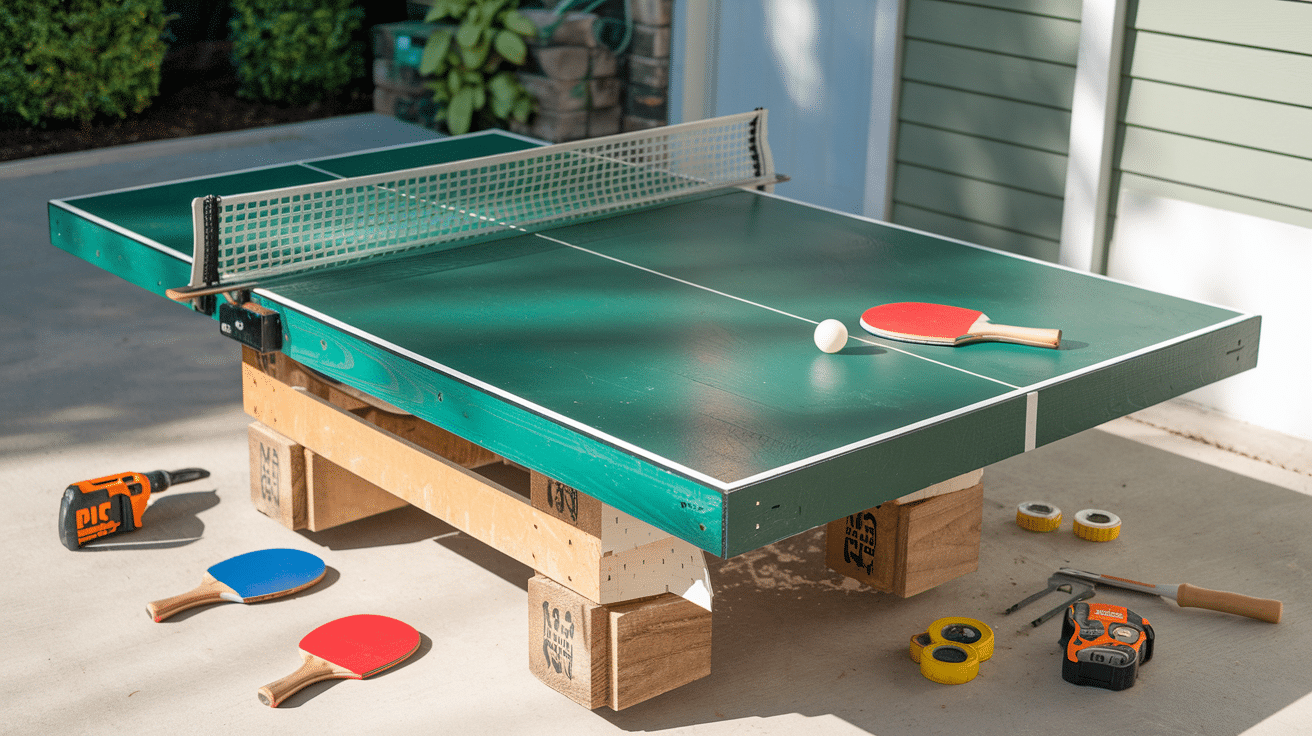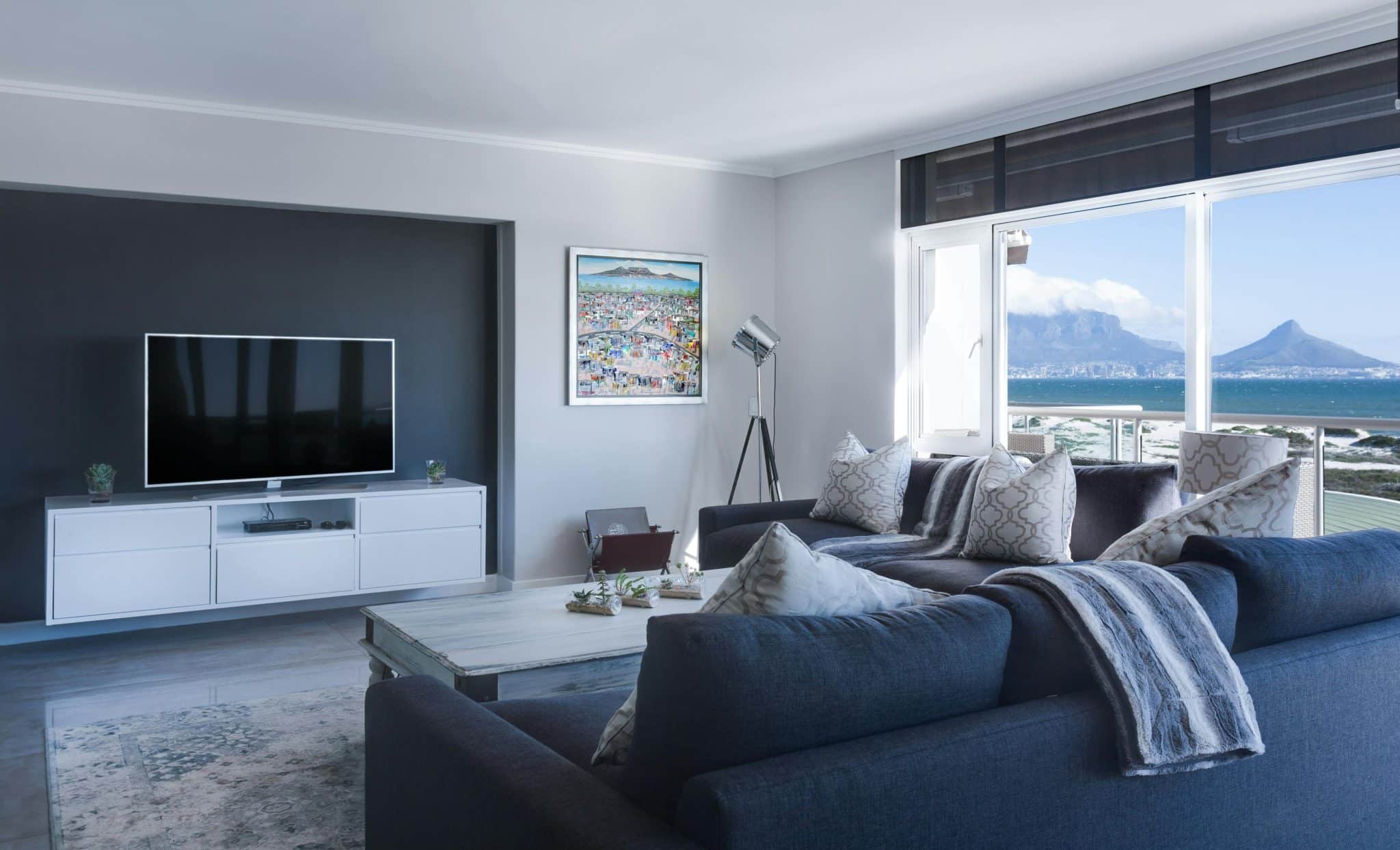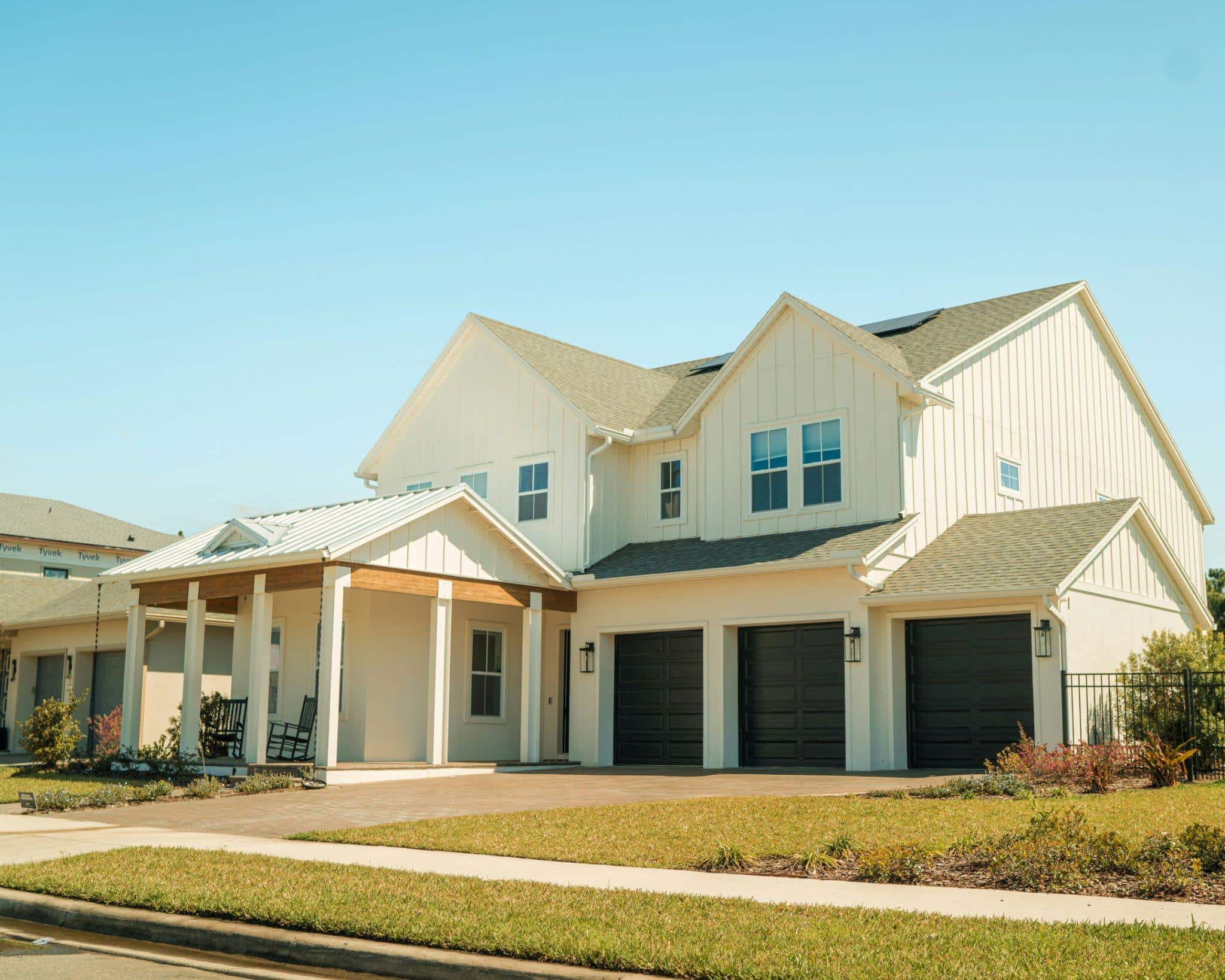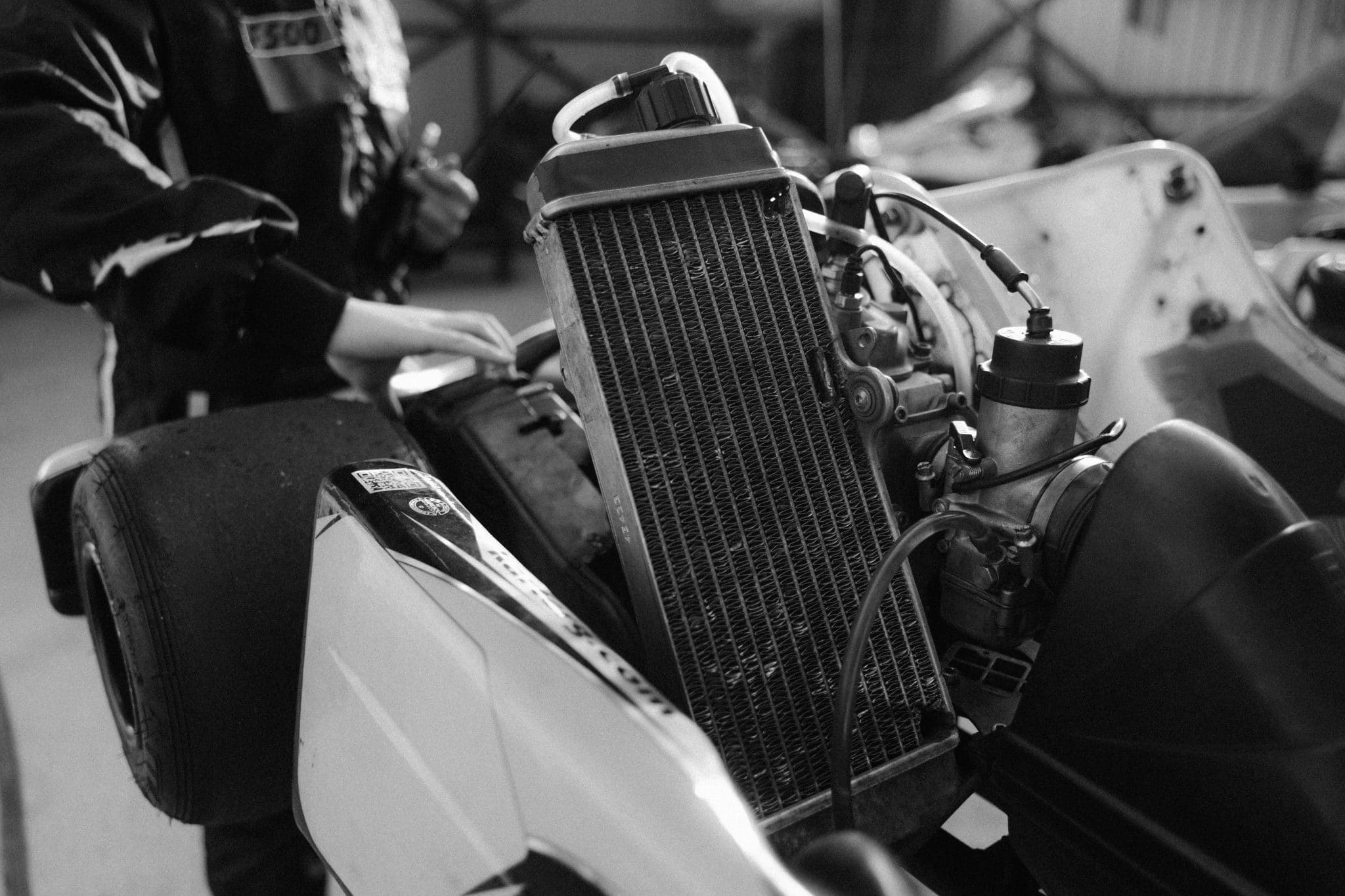Do you want a ping pong table but find store-bought options too costly? I understand this problem. Many home game rooms remain empty because quality tables can cost hundreds of dollars.
I can help you build a sturdy, functional ping-pong table using basic tools and materials for a fraction of the price. This guide shows you how to create a custom table that fits your space perfectly.
In this post, I’ll walk you through selecting the right materials, building a solid frame, creating a smooth playing surface, and adding finishing touches like lines and a net.
You’ll learn shortcuts, money-saving tips, and how to avoid common mistakes that can ruin your project.
Tools Required
| Tool | Quantity | Purpose |
|---|---|---|
| Brad nailer | 1 | Used to fasten wood pieces securely |
| Corner clamp | 1 | Holds corners at a perfect 90-degree angle while assembling |
| Paintbrushes | 2-3 | Used for applying paint |
Materials Required
| Material | Quantity | Purpose |
|---|---|---|
| Wood frame pieces (1x4s) | 4-6 pieces | Creates the structural frame |
| MDF board (3/4 inch thick) | 1 large board | Forms the playing surface |
| Wood screws (half-inch) | Approx. 20 | Secures frame components |
| Wood screws (inch-and-a-quarter) | Approx. 20 | Secures additional frame parts |
| Brad’s nails | Approx. 50 | Used for securing wood components |
| Wood putty | 1 small container | Fills gaps and imperfections |
| Sandpaper and brown paper | Several sheets | Smoothen surfaces before painting |
| Joint compound | 1 small container | Provides a smooth finish on the playing surface |
| Paint (black for the frame, brown for the tabletop) | 1 quart each | Colors and protects the frame and tabletop |
| White paint for lines | 1 small container | Used to mark playing lines |
| Painter’s tape | 1 roll | Helps create clean paint lines |
| L-shaped brackets | 4-6 | Adds structural support |
| Soft feet | 4 | Protects floors and provides stability |
| One leveling foot | 1 | Allows for height adjustment |
| Ping pong net | 1 | Official net for gameplay |
Step-by-Step Guidance for DIY Ping Pong Table
Step 1: Plan Your Table Dimensions
Decide on your table size. A full-size ping pong table is 9 feet by 5 feet, but you can modify this to fit your space. For this guide, we’ll use 6 feet by 3 feet, which works well for home use while saving space and materials.
Step 2: Build the Outer Frame
Cut the 1x4s to size – two pieces at 6 feet long and two at 3 feet long. Join them using corner clamps and brad nails to form a rectangle. Make sure corners are square for a stable table.
Step 3: Add Table Legs
Cut four legs at 30 inches tall (standard ping pong table height). Attach them to the inside corners of the frame using screws. Make sure they’re straight and firmly attached.
Step 4: Install Support Braces
Add cross supports between the legs to prevent wobbling. Place at least three cross braces along the length and additional supports connecting these braces for extra stability.
Step 5: Prepare the MDF Top
Cut MDF to match your frame size. If using multiple pieces, make sure they fit together smoothly. Apply joint compound to the rough edges and sand until smooth.
Step 6: Sand the Playing Surface
Lightly sand the top surface with fine-grit paper or brown paper to ensure a completely smooth playing surface. This creates the perfect bounce for your ping-pong ball.
Step 7: Paint the Frame
Sand, prime, and paint the frame. Black is common, but any color works. Apply multiple thin coats for best results, allowing proper drying time between coats.
Step 8: Mark and Tape the Lines
Use painter’s tape to mark the regulation lines – edges should have 3/4-inch white borders, and the center line should be 3mm wide. Measure carefully to ensure straight, even lines.
Step 9: Paint the Table Surface
Apply non-reflective paint to the playing surface. Chalk paint works well for a matte finish. Paint the white lines first, then mask them off before painting the main surface.
Step 10: Attach the Top to the Frame
Once the paint is completely dry, place the MDF top onto the frame. Secure it using L-brackets around the perimeter and in the middle for extra support.
Step 11: Add Table Feet
Attach soft feet to the bottom of the legs to protect your floor. Include at least one leveling foot so you can adjust for uneven surfaces, ensuring fair play.
Step 12: Install the Net
Add a ping pong net to complete your table. You can buy a portable net or make one using mesh fabric and wooden supports attached to the sides of your table.
Video Tutorial
Check out this YouTube video tutorial for detailed step-by-step guidance for a DIY ping pong table.
Tips and Tricks For Making A Ping Pong Table
- Reuse materials when possible to reduce waste and save money
- Use a corner clamp for precise frame assembly
- Over-engineer the frame if you want extra stability
- For fine sanding, brown paper works well (rated at 10,000 grit)
- Make chalk paint for a non-reflective finish that dries quickly
- If you’re not making a regulation-size table, consider skipping the white lines
- Multiple L-brackets (more than the initial 8) help secure the top fully
- Always include a leveling foot to ensure the ball bounces as expected
- For a smooth leg finish, stand them on end while painting and rotate them slowly
This ping pong table project makes a great centerpiece for a game room and provides fun for years to come.
Creative DIY Ping Pong Table Ideas for Every Need and Space
You can modify your DIY ping pong table in several ways to fit your needs:
- Fold-up design: Add hinges in the middle of your table and attach wheels to the legs. This lets you fold and store the table when not in use.
- Multi-use table: Build a table with a removable top. The base can serve as a dining table, while the ping pong surface can be added for play time.
- Outdoor version: Use weather-resistant materials like marine plywood and outdoor paint. Add rust-resistant hardware and water-resistant sealant.
- Concrete base: Create a permanent outdoor table with a concrete base and a smooth painted surface. Perfect for parks or backyards.
- Wall-mounted option: Design a table that folds down from the wall to save space in small rooms.
- Tabletop version: Make a smaller version that sits on top of an existing table. Great for apartments or limited spaces.
- Glass top: For a modern look, use tempered glass with the bottom painted. This creates a smooth playing surface with a unique style.
- LED lighting: Add strips of LED lights around the edges for night play and visual appeal.
Common Mistakes While Making A Ping Pong Table
Watch out for these common issues when building a ping pong table:
- Wrong materials: Using plywood instead of MDF can lead to an uneven bounce. MDF provides the best flat, smooth surface.
- Incorrect height: The standard height is 30 inches (76 cm). Getting this wrong affects gameplay.
- Poor paint choice: Using glossy paint creates glare. Always use matte or chalk paint for a non-reflective surface.
- Weak frame: Not adding enough cross supports leads to a bouncy or unstable table.
- Incorrect line width: As noted in the video, the center line should be 3mm wide, not 3cm. Measure twice before taping.
- Uneven surface: Failing to sand properly or not joining multiple boards smoothly creates dead spots for the ball.
Conclusion
Table tennis at home brings family fun without breaking the bank. By following these steps, you’ve built more than just a ping pong table – you’ve added value to your living space.
So, what’s the takeaway? A DIY ping pong table saves money and lets you customize size, color, and features to match your needs. The skills you’ve learned transfer to other woodworking projects too.
What’s next? Invite friends over for a mini-tournament! Take photos of your finished table and share them online. Or try modifying your table with some of the alternate ideas mentioned.
Having trouble? Check the common mistakes section or drop a comment below with your questions.
I’d love to hear how your project turned out and what tips you’d add for other readers.





















